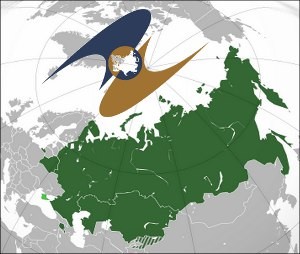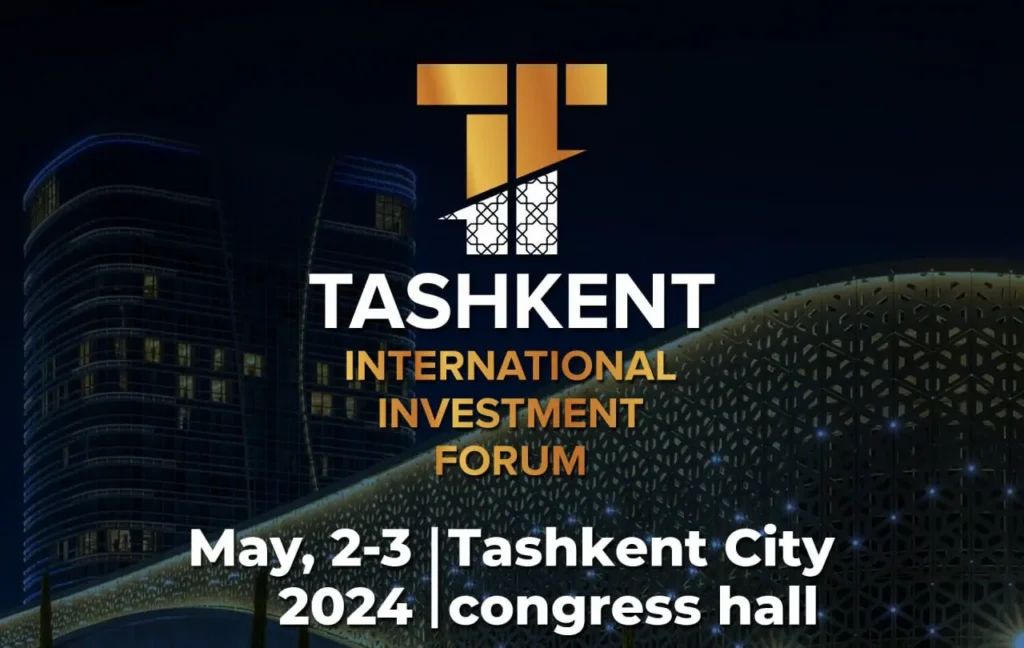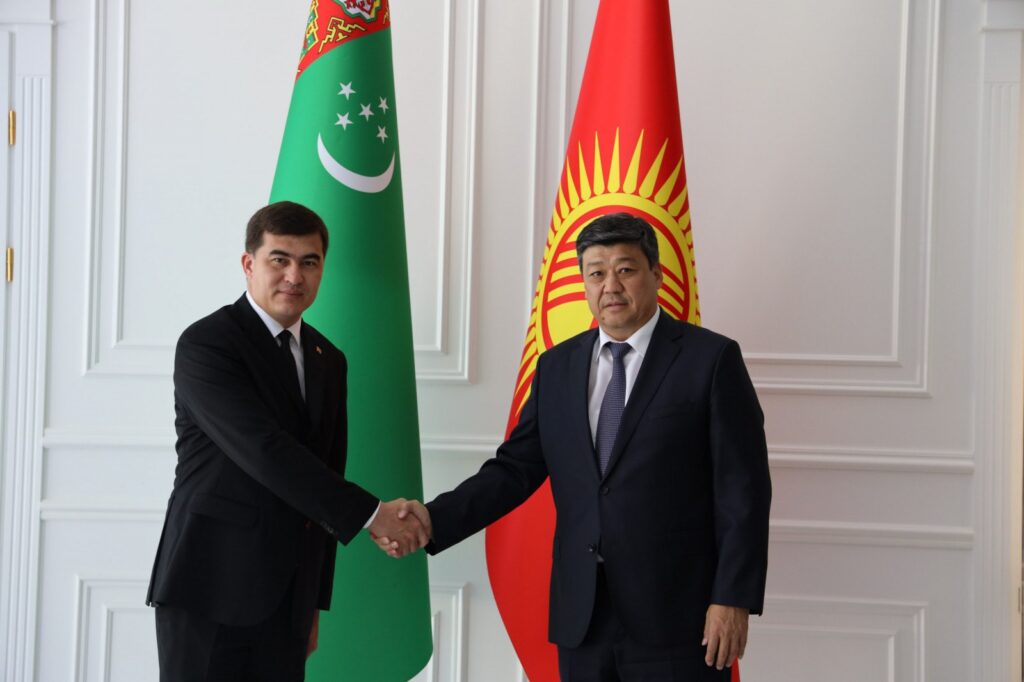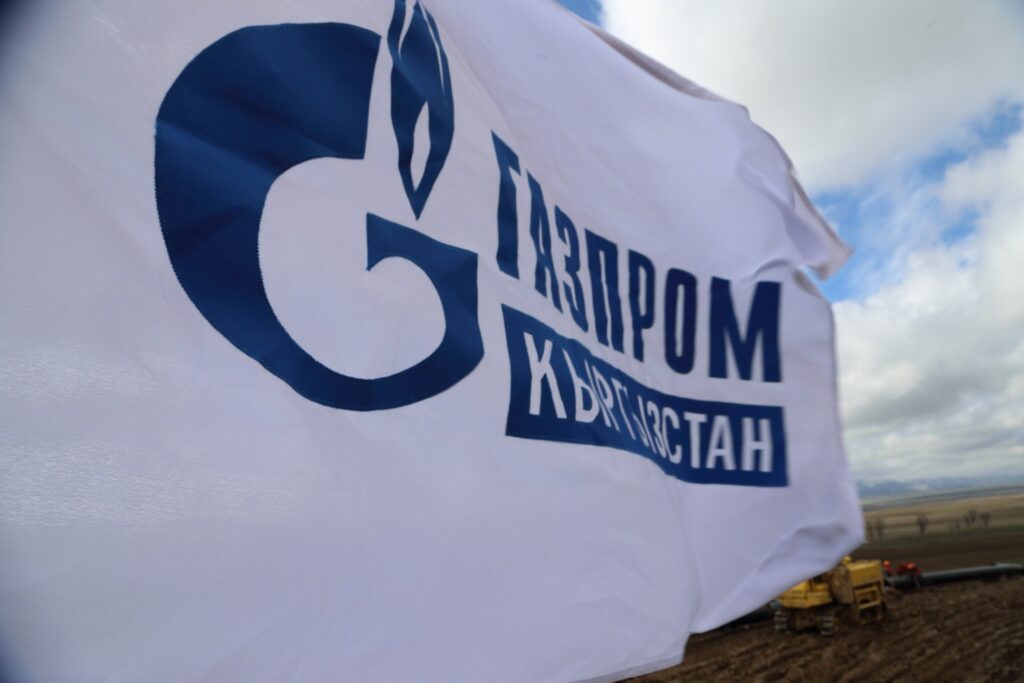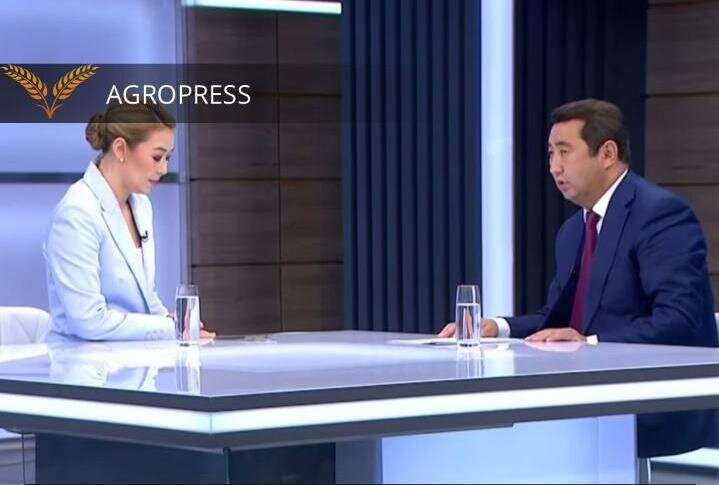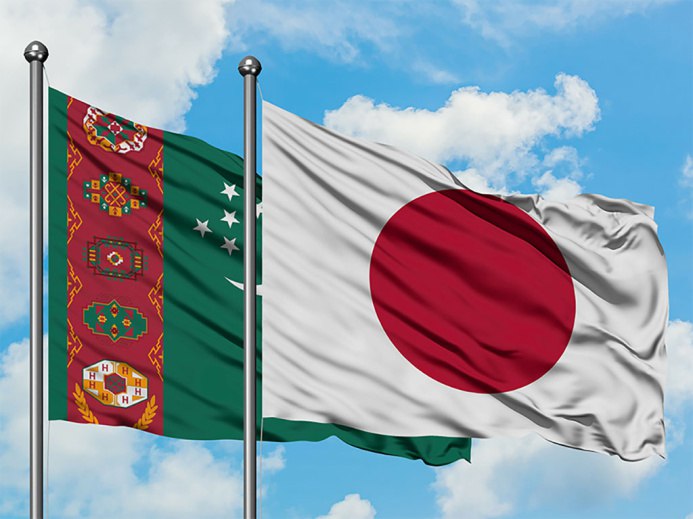BISHKEK (TCA) — Eurasian Development Bank’s (EDB) researchers believe that in 2017 direct investors from Eurasian countries will be more active in the Eurasian Economic Union (EEU) countries of Armenia, Belarus, Kazakhstan, Kyrgyzstan and Russia, EDB’s press office said on December 27. The development of China’s “One Belt, One Road” initiative is expected to become one of the stimuli for FDI inflows. Chinese investors have already begun to show interest not only in hydrocarbon production, but also in transport, infrastructure, and the power sector, says a report prepared by Eurasian Development Bank’s Centre for Integration Studies.
Most investments are expected to be made by Chinese companies and financed with the proceeds of loans by national development institutions.
FDI stock from nine Asian countries (China, Japan, Turkey, India, the Republic of Korea, the United Arab Emirates, Iran, Singapore, and Vietnam) increased from US $30.4 billion in 2008 to US $61.9 billion in early 2016, the report says.
China continues to expand its economic presence in EEU countries, retaining its leadership among Asian countries in terms of FDI stock in the region. Since 2008, the overall amount of Chinese companies’ FDI stock in five EEU countries has increased by 138%, to US $25.7 billion. In terms of investment growth rates, the top recipients of Chinese investments are Belarus and Kyrgyzstan where FDI has grown by 48% and 19% respectively over the recent period. In absolute terms, Kazakhstan traditionally remains the main recipient of Chinese FDI in the EEU ($21 billion). The most attractive sectors for Chinese investors in this country are oil and gas and trunk pipelines, the report says.
Chinese investors’ interest in Russia’s market is growing rapidly, however no records of a large-scale intervention by Chinese companies in the country have yet been made. At the beginning of 2016, Chinese FDI stock in Russia amounted to $3.4 billion. According to the EDB Centre for Integration Studies, a considerable number of major transactions announced in and prior to 2014 are still awaiting their final implementation. In some cases Chinese companies have assumed a wait-and-see stance to avoid EU and US sanctions. In addition, in the current weak economic environment Chinese investors often wait for more profitable offers from Russian businesses.
While Chinese investors are gaining pace, Japan has become a solid leader in terms of FDI in Russia, being way ahead of other Asian countries. Neither economic recession, nor the devaluation of the Russian rouble have affected Japanese transnational companies’ FDI stock in Russia, totalling US $14.5 billion, with 70% channelled into the oil and gas sector.
The recent crisis in the relations between Russia and Turkey has not had a significant effect on Turkish FDI. Turkey remains one of largest investors in the EEU. According to the most recent data, Turkish FDI stock in the EEU has reached US $7.4 billion, up 1.4% over the year. Projects with Turkish capital were recorded in all EEU countries, except Armenia. Russia accounts for approximately a half of all transactions and 66% of Turkish FDI in the EEU. An important feature of Turkish FDI is the significant sectoral coverage: Turkish capital is represented in a rich of sectors. This is the key distinction of Turkish capital from Chinese or Japanese investments. As a result, Turkey became the Asian top investor in the sectors not related to hydrocarbon production and transportation.
The Republic of Korea invests in both Russia and Kazakhstan, with Russia being the top recipient of South Korean FDI. According to the most recent data, it accounts for over US $2.1 billion, or 88% of total South Korean FDI stock in the EEU. The sectors attracting the most significant amounts of Korean capital are Mechanical Engineering, Construction, Tourism, Agriculture and Food Products, the report said.
